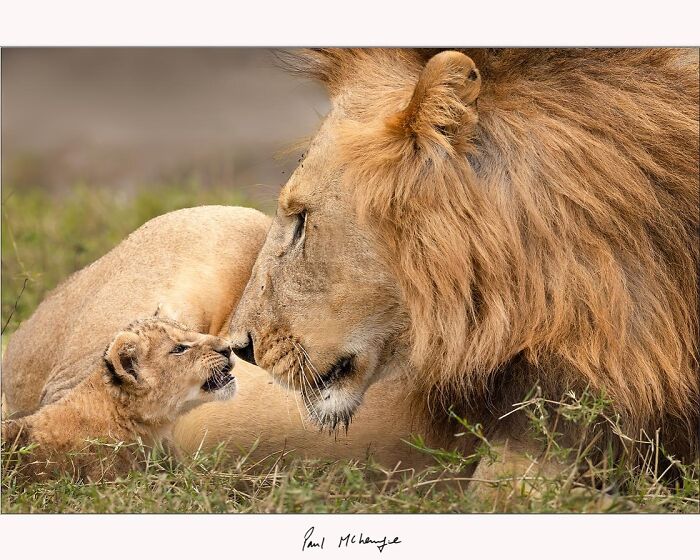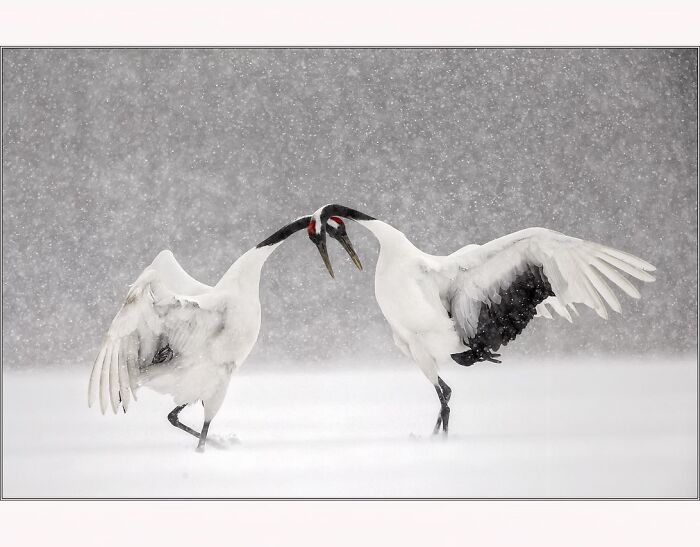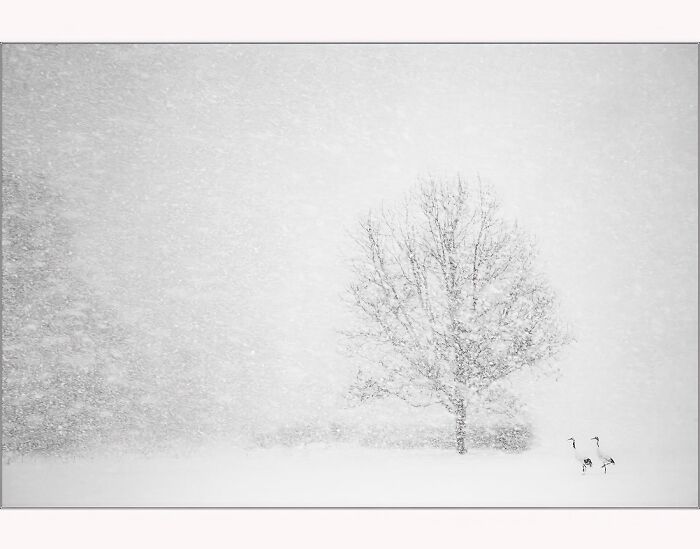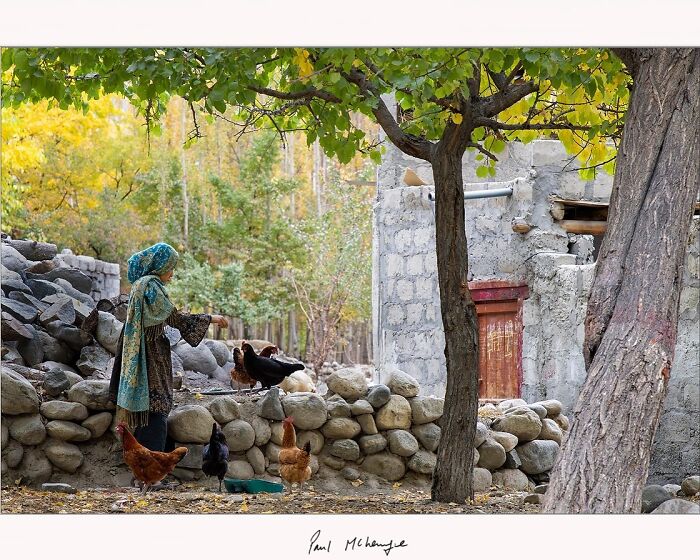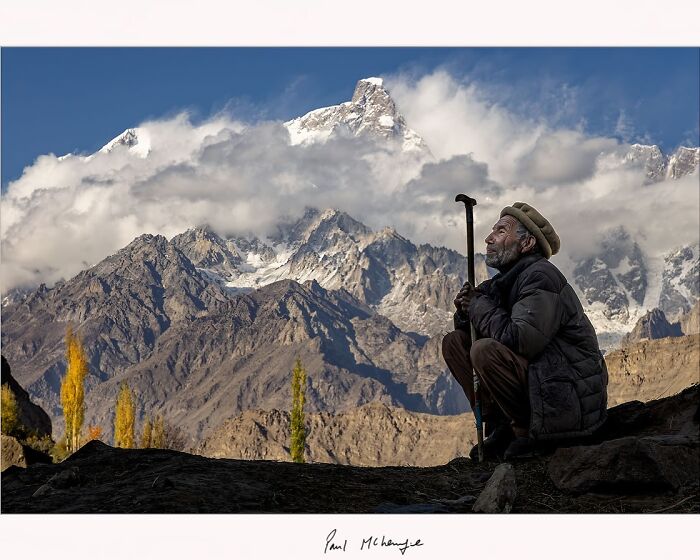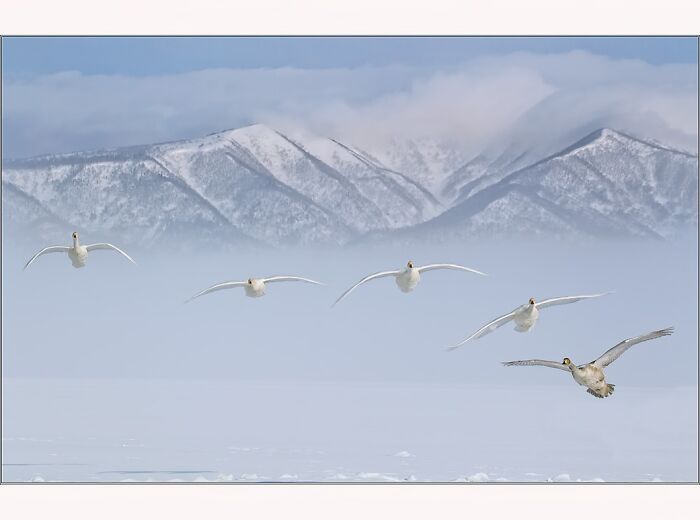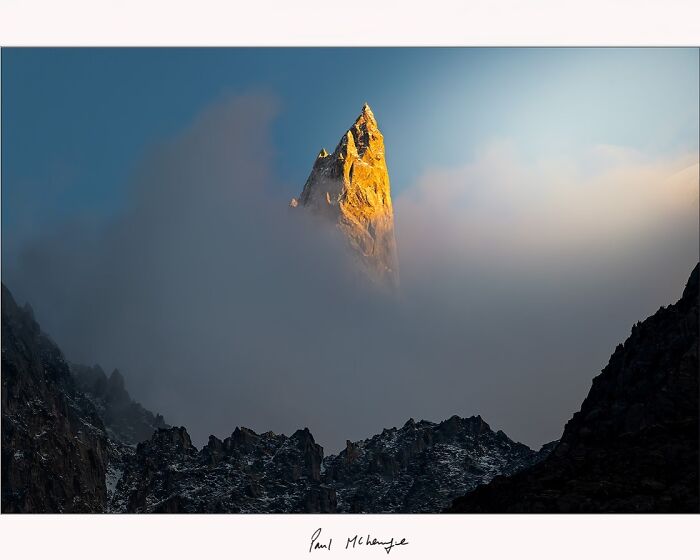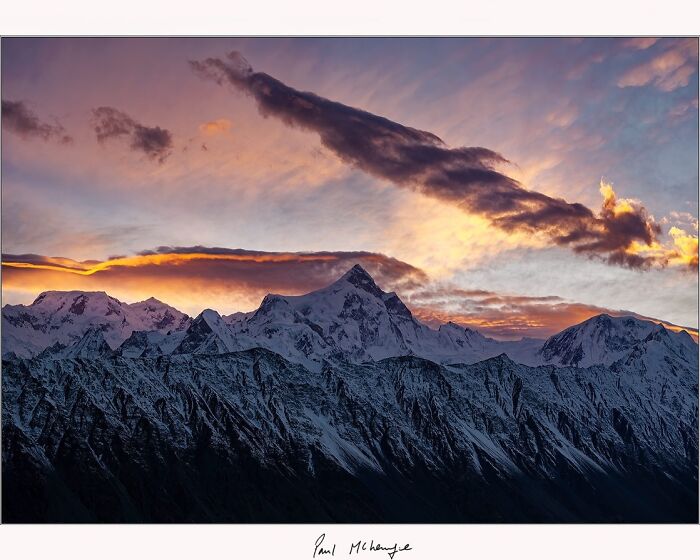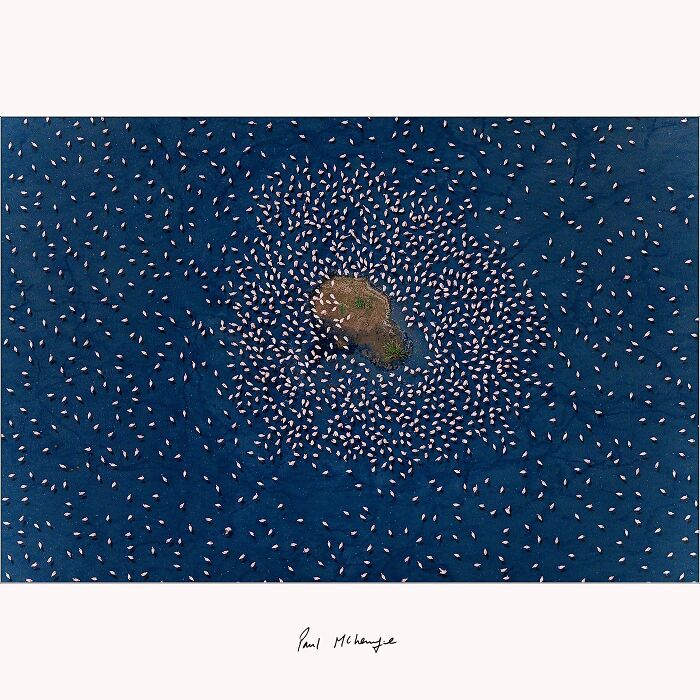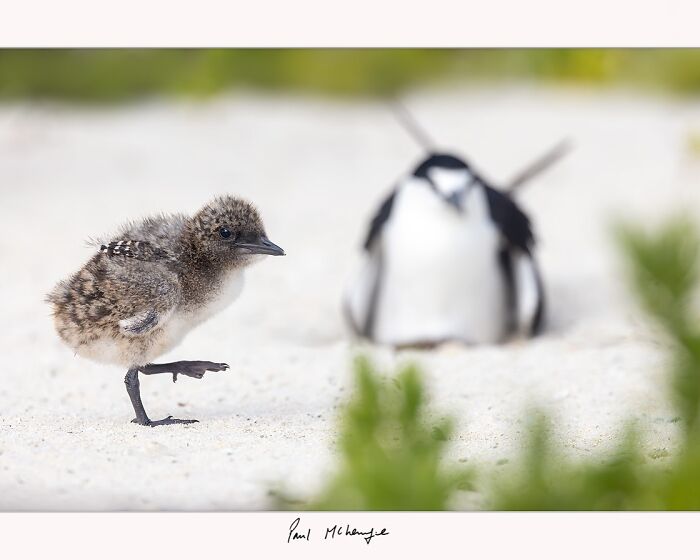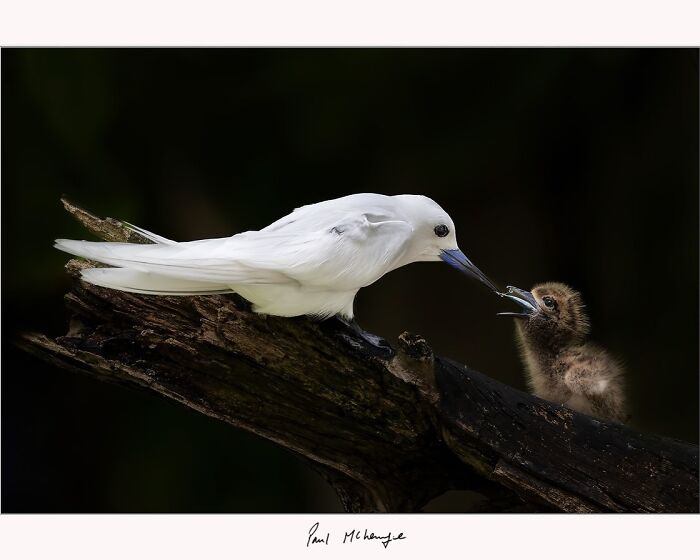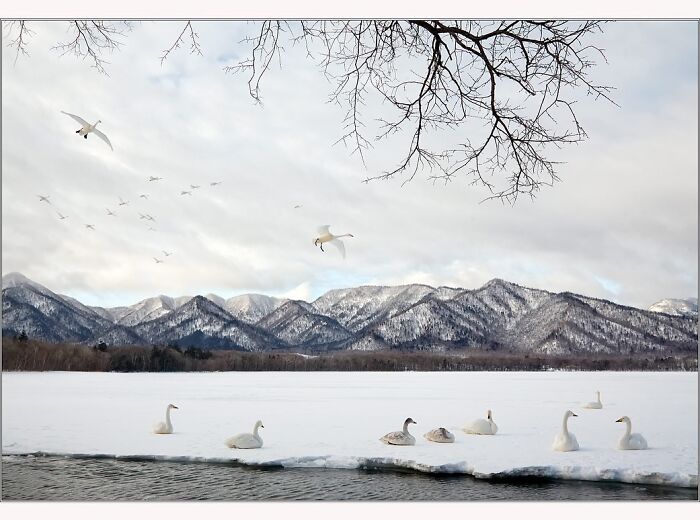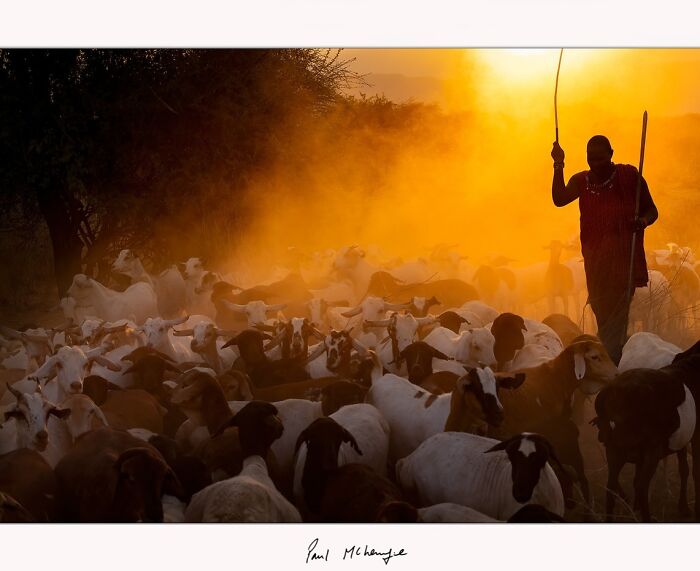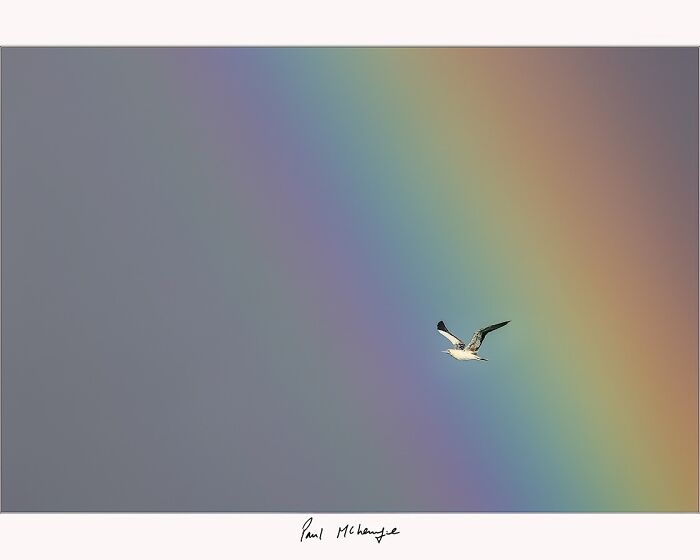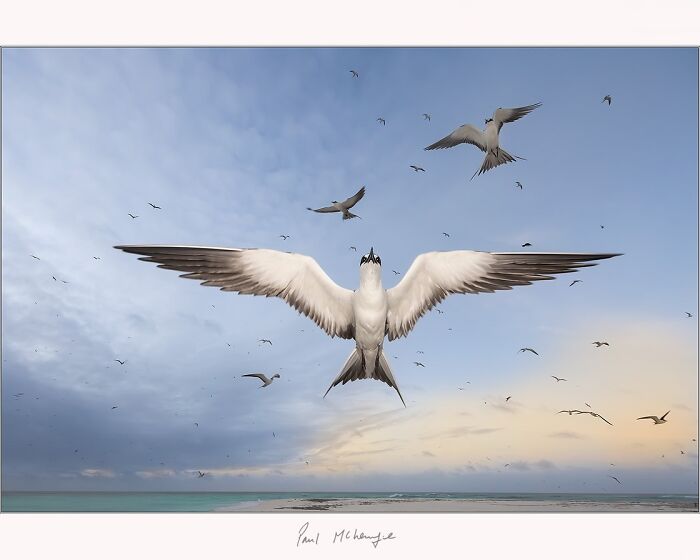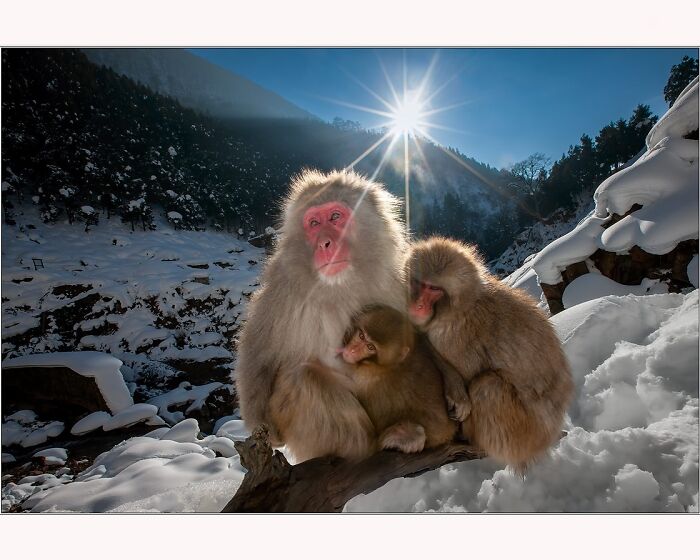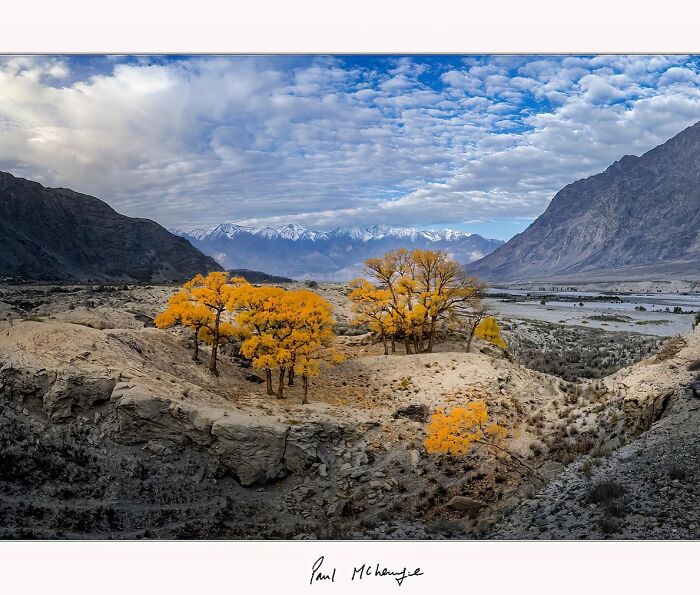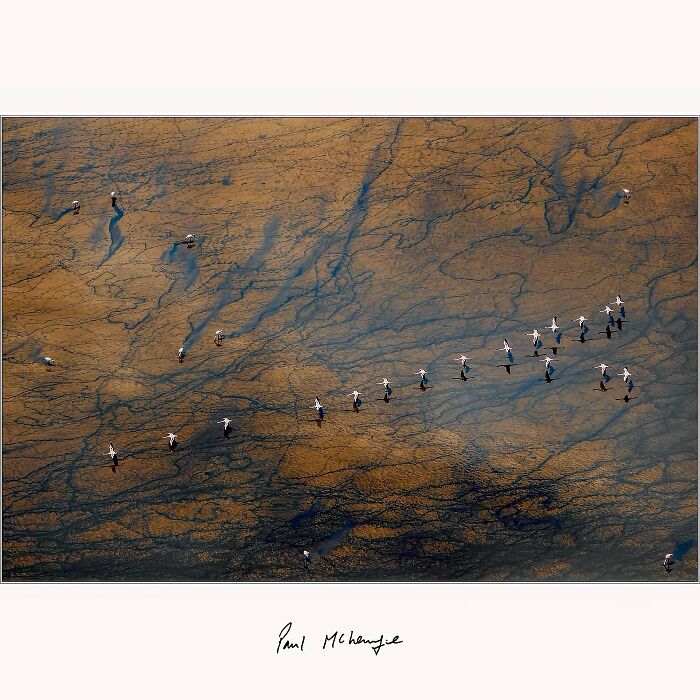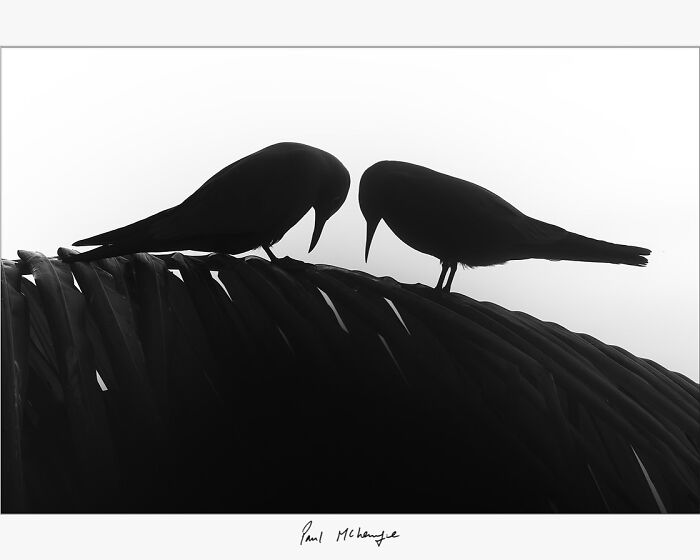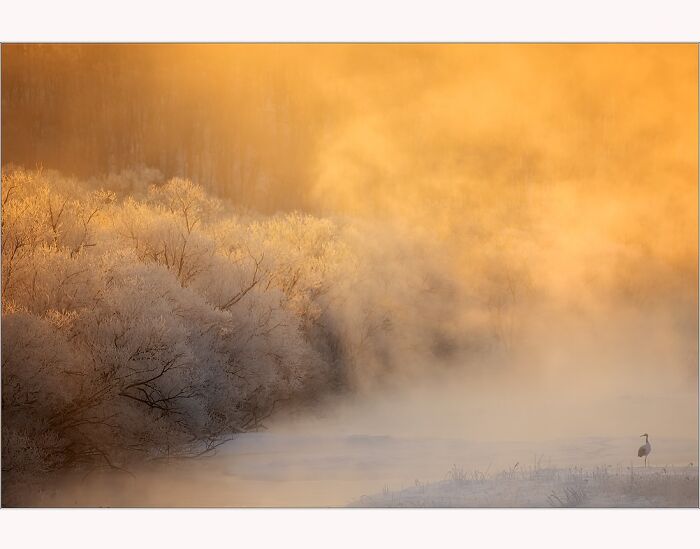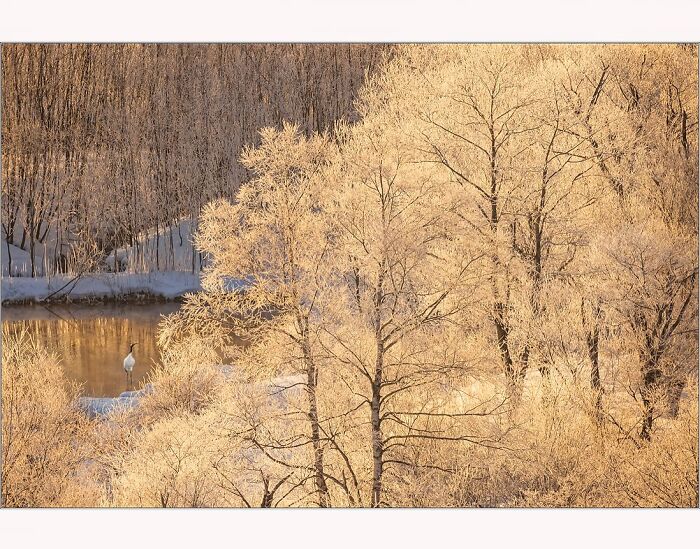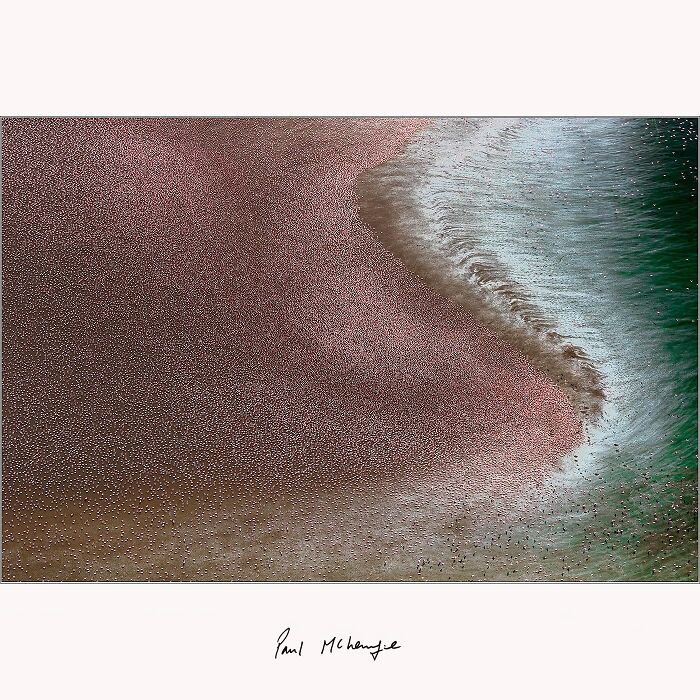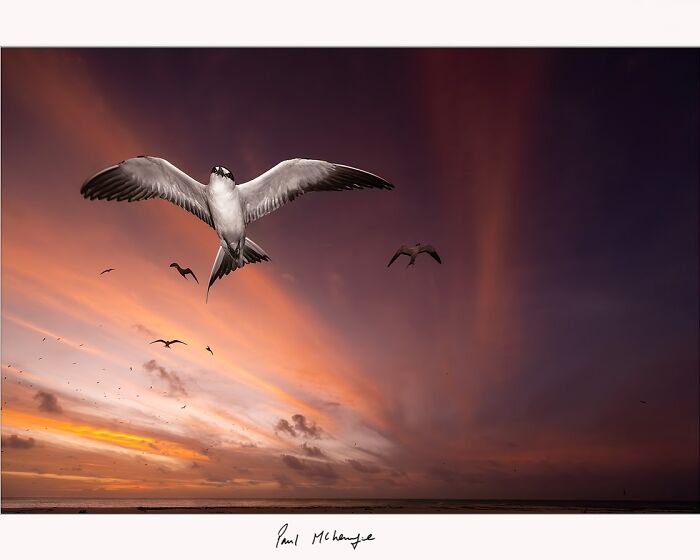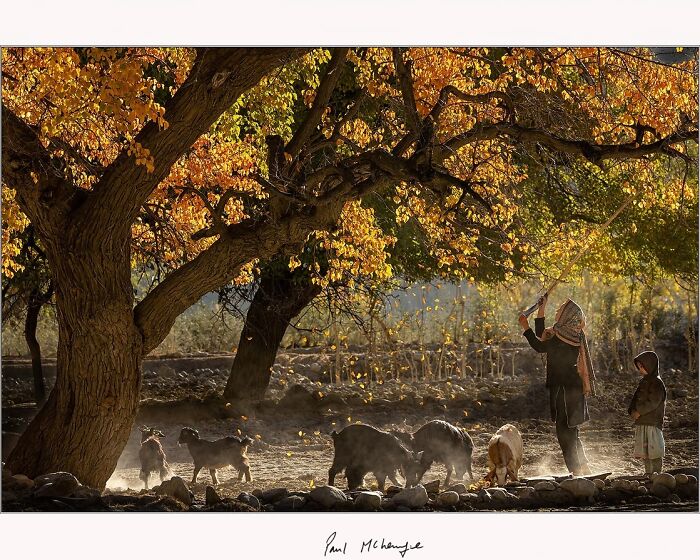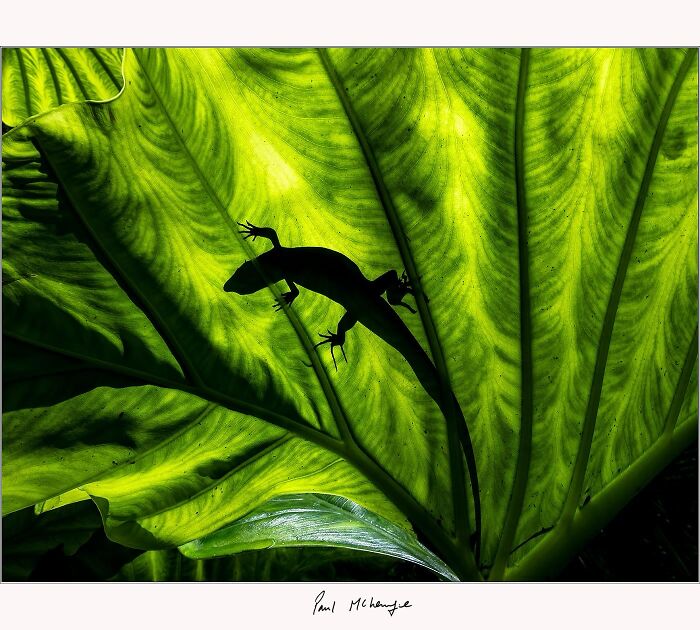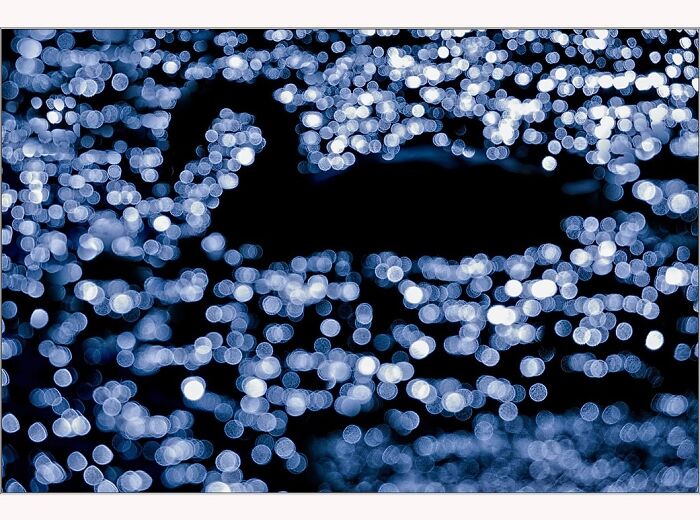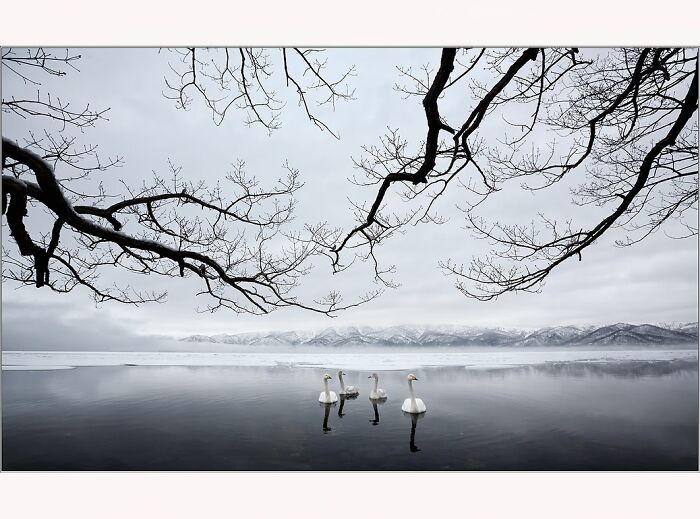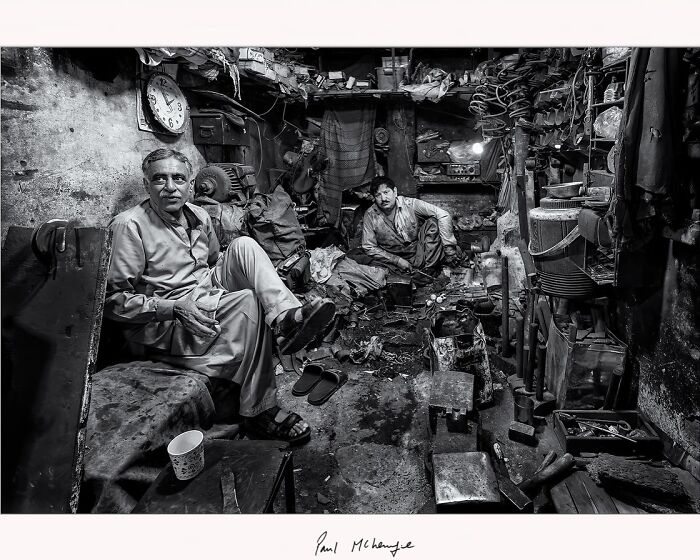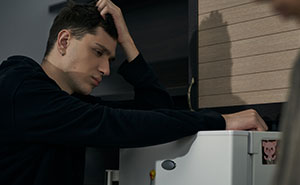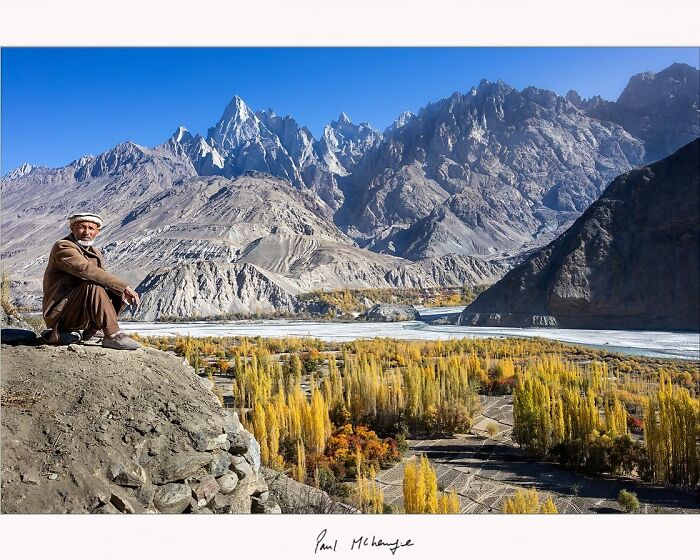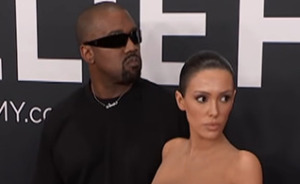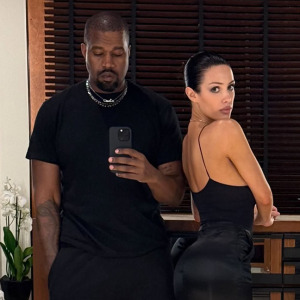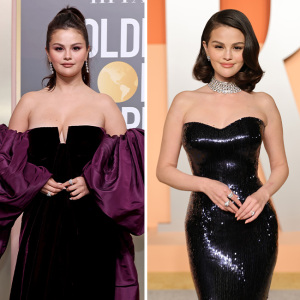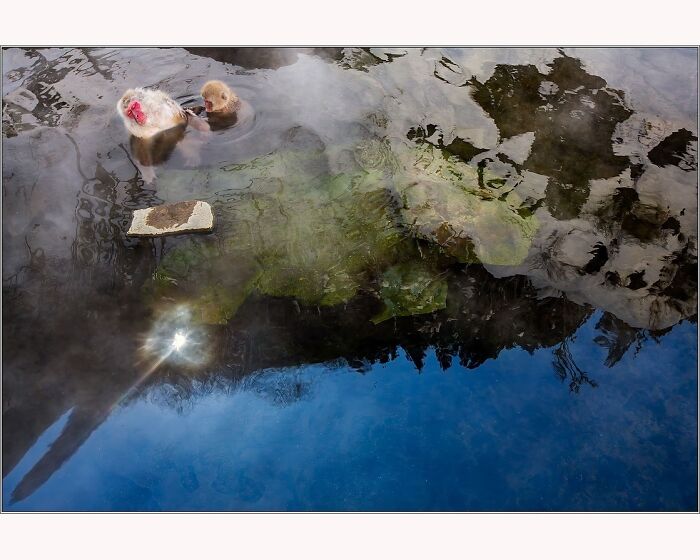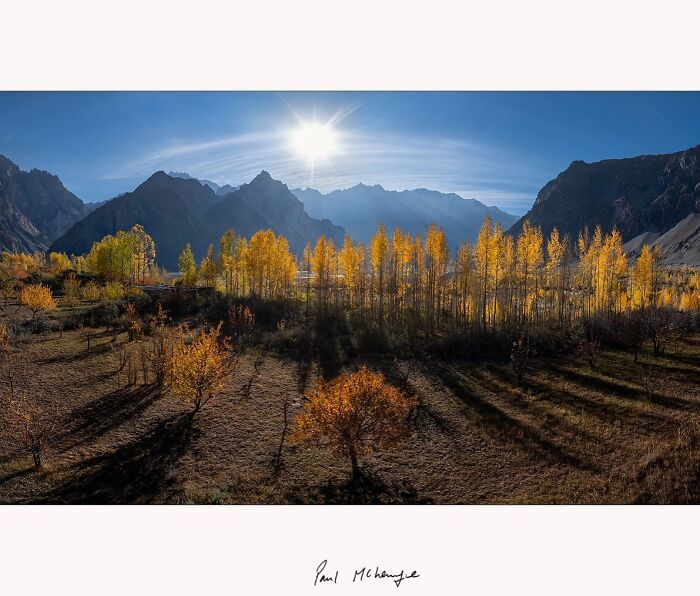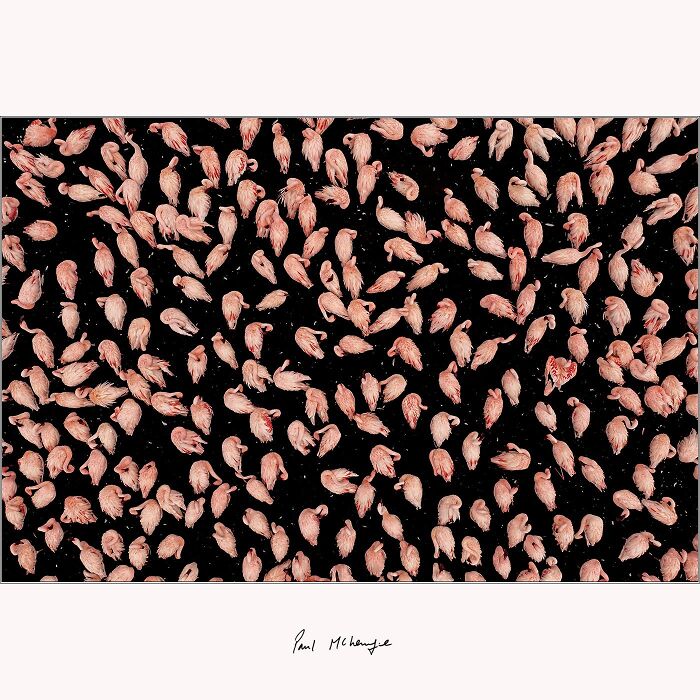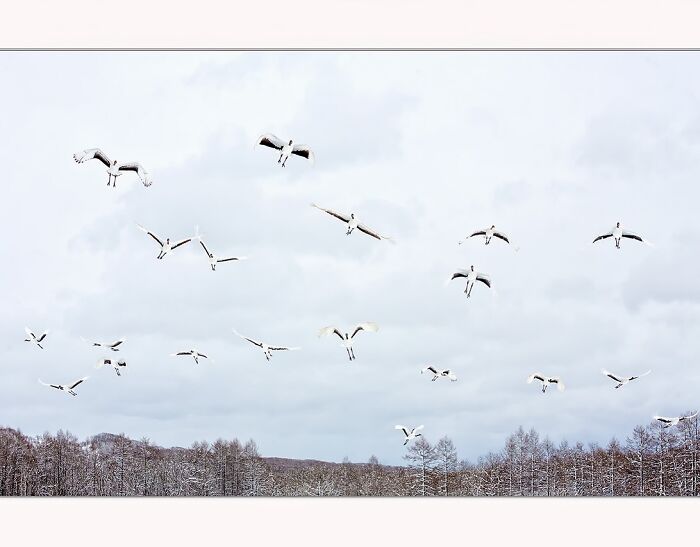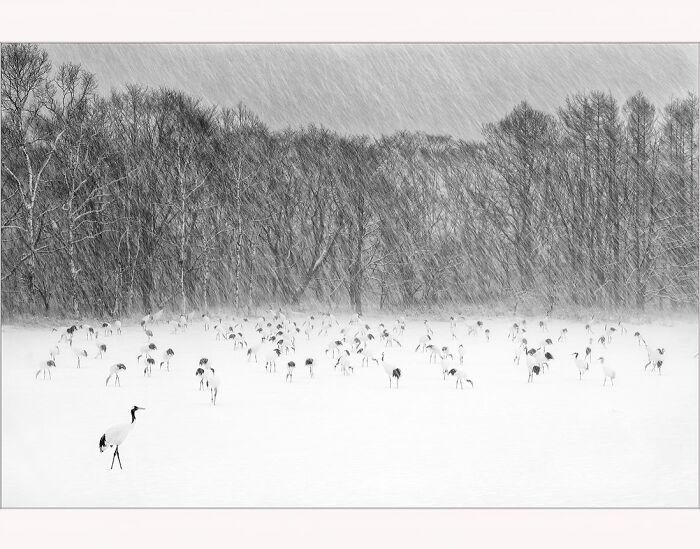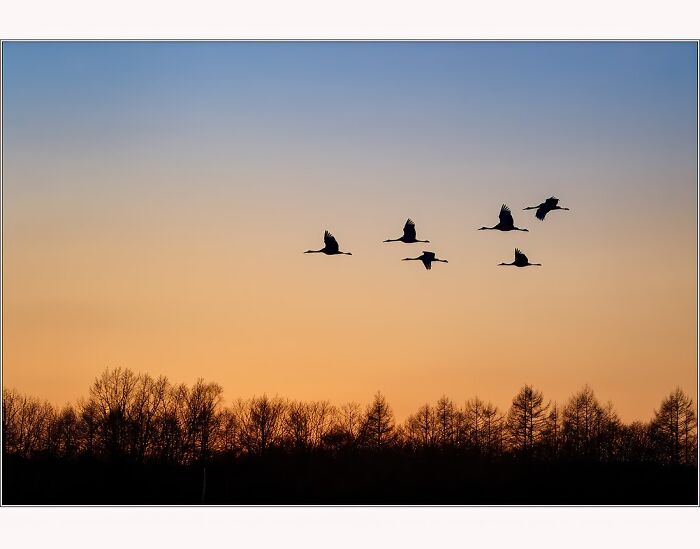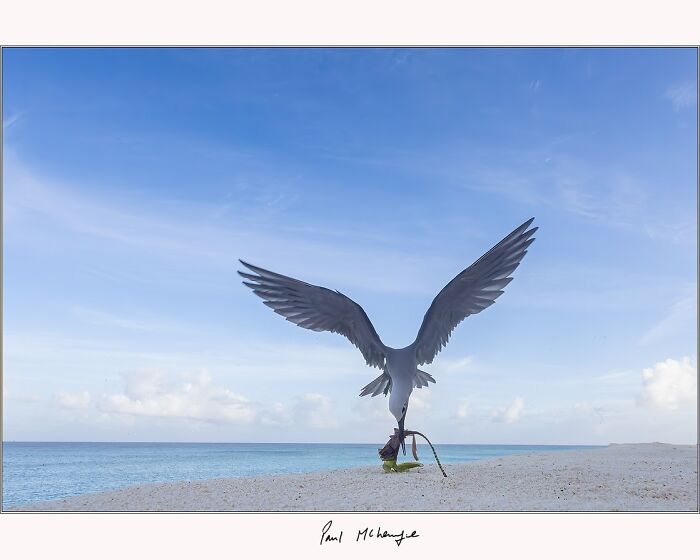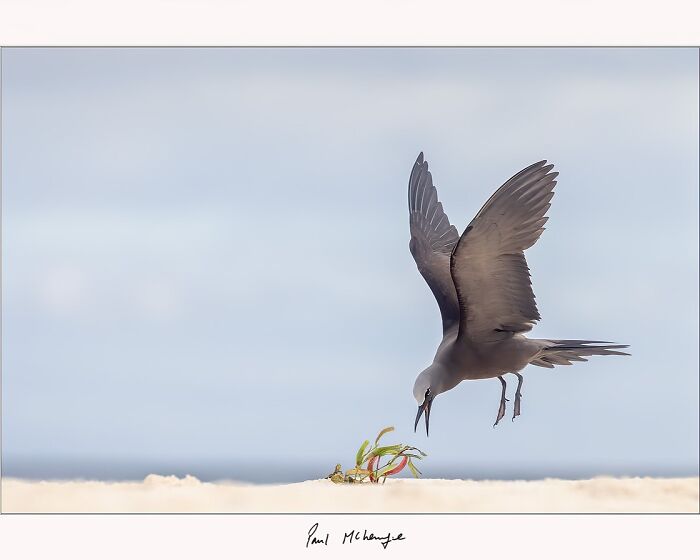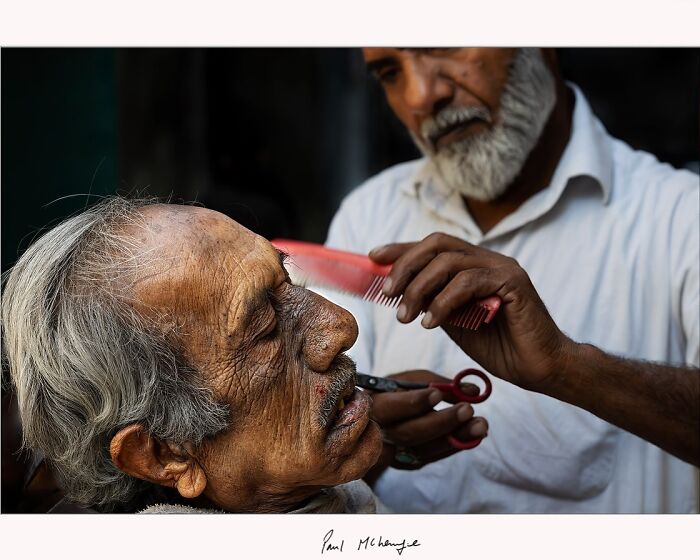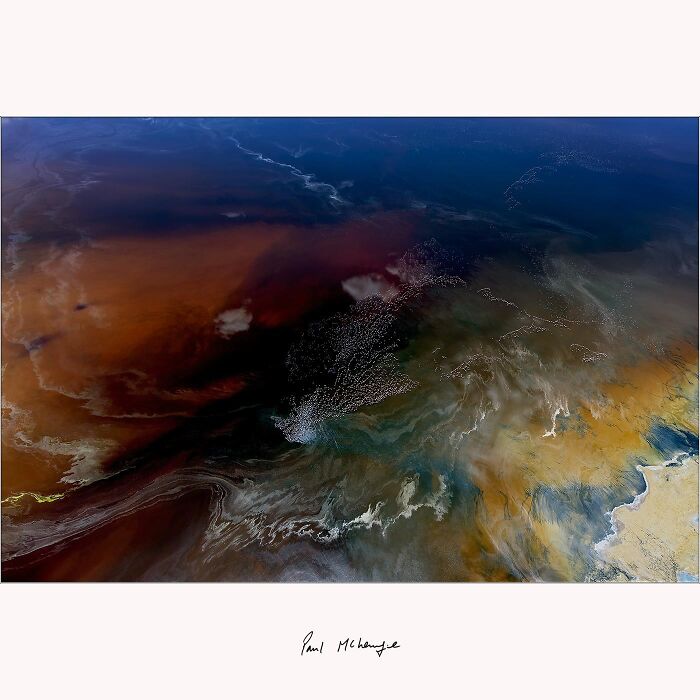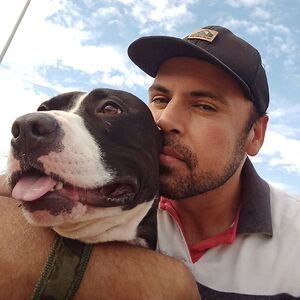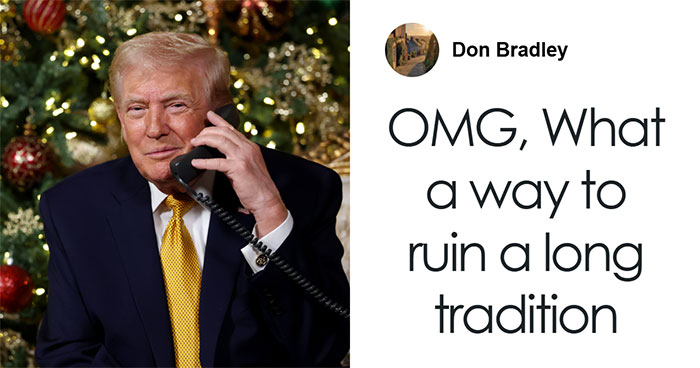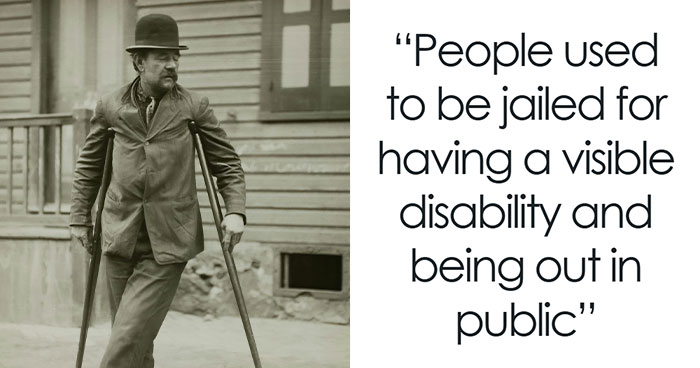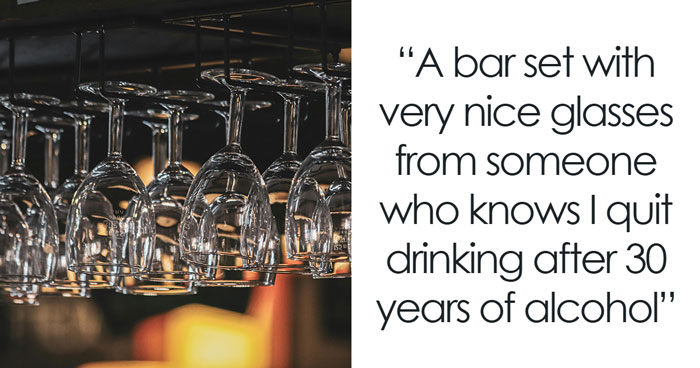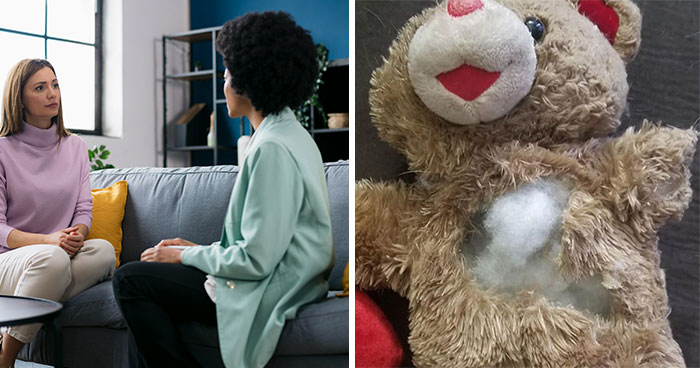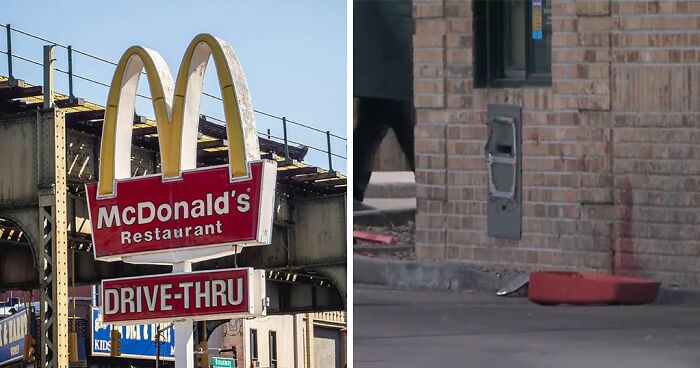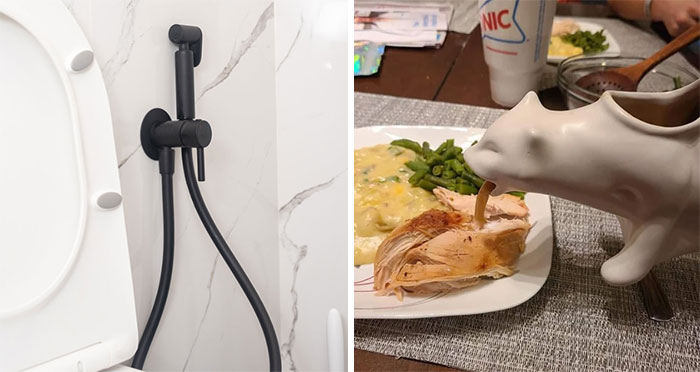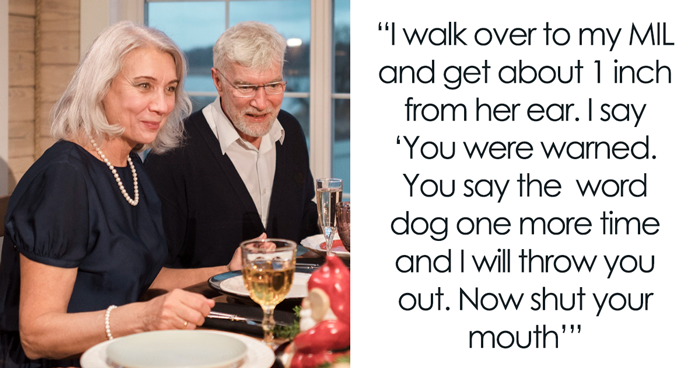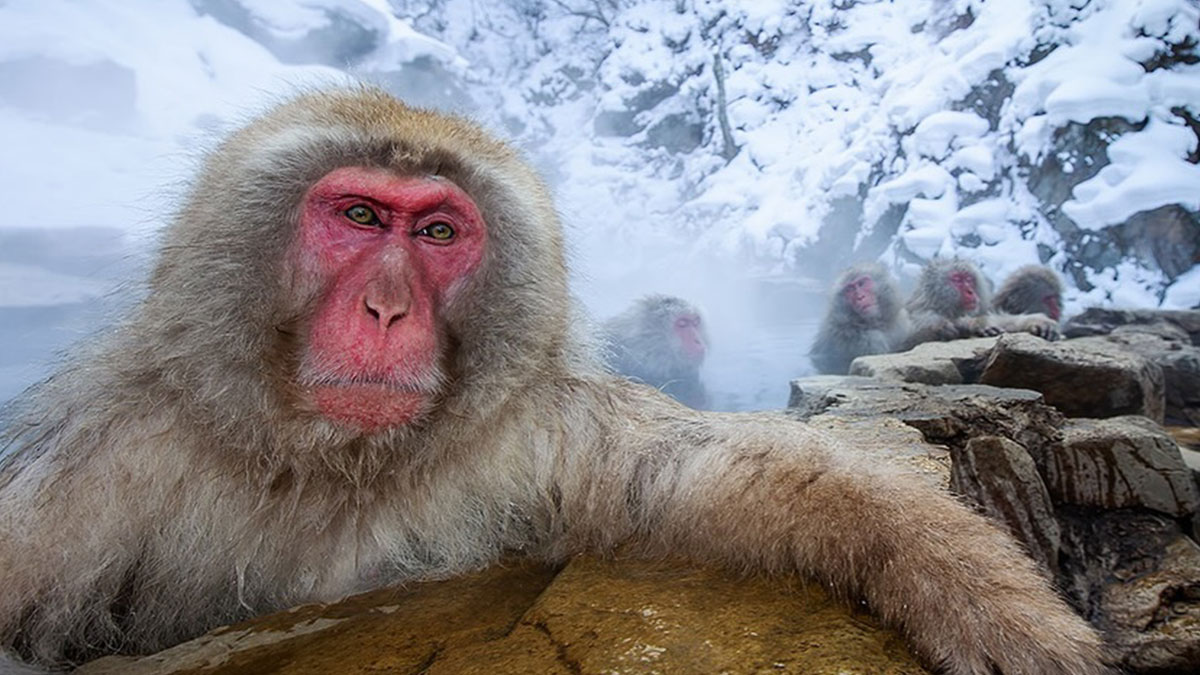
This Photographer’s Stunning Aerial And Wildlife Shots Will Make You See The World Differently (53 Pics)
Interview With ArtistPaul McKenzie is a Hong Kong-based photographer whose work captures the breathtaking beauty of the natural world, from the charismatic avian residents of East Africa’s soda lakes to the icy landscapes of Antarctica. Self-taught and driven by a passion for aesthetics, Paul describes his goal as creating "beautiful images that viewers react to positively," often focusing on animals within their environments and favoring wide-angled lenses for a unique perspective.
Over the past two decades, his dedication to revisiting key destinations like East Africa, South Georgia Island, and French Polynesia has allowed him to build a portfolio of striking and differentiated images. With six Nature’s Best and two Wildlife Photographer of the Year honors, Paul’s evocative photography not only showcases the diversity of life on Earth but also inspires others to cherish and protect it.
More info: Instagram | wildencounters.net | Facebook
This post may include affiliate links.
Given the chance, Bored Panda reached out to the photographer. When asked about what inspired him to embark on his journey in wildlife and nature photography, Paul shared, "I got my first proper film SLR camera in my teens at school and started out photographing sports events while developing and making prints in a darkroom. In my 20s, I learned to scuba dive, and from there, it was a natural transition to begin trying to take images underwater. Then, in 1997, I went on my first photographic safari to East Africa and came away completely hooked on both the wildlife and the photography."
That expression - so sad. Contemplating a lost love, perhaps? For context, these are Japanese Macaques who sit in hot springs in the winter.
Reflecting on the most memorable experiences from his 20-year career, Paul noted, "There have been so many! But a few stand out. Diving into a spawning frenzy of Camouflage Groupers with hundreds of attendant sharks in French Polynesia, long before this event became well known internationally; being almost killed by a bull elephant in Tanzania, which charged my vehicle and then tried to flip it with its tusks; flying over 1 million flamingos in a remote soda lake in northern Kenya; two unforgettable days in the Weddell Sea in Antarctica with an Emperor Penguin colony and their impossibly cute chicks; and my many trips to Midway Atoll in the north-west Pacific, where every day I was on my own, surrounded by thousands of albatrosses."
Asked how he balances his time between terrestrial and underwater photography, Paul acknowledged that his focus has shifted. "When I first started getting serious about wildlife photography, I was splitting my time fairly evenly between the two, but over the years I have gravitated more toward terrestrial photography. To the extent that in the last five years, I’m making no more than 1-2 dive trips. To be a really good underwater photographer, you need to put in the hours, and I’m just not willing to sacrifice my terrestrial photography for this. So, while I won’t give up underwater photography, my main focus is now on terrestrial photography."
When discussing the message or feeling he hopes to convey through his work, Paul explained, "I think my primary goal has been to simply try to show the beauty of nature, and if I can do this in an artistic fashion, so much the better. I’m particularly interested in showing animals in the context of their environment. Recently, I have been working on a project that emphasizes the harmonious coexistence between humans and wildlife in an urban setting."
Finally, Paul offered some guidance to aspiring photographers who wish to pursue a career in wildlife photography: "I think the first aspect is that you have to be passionate about photography. If you’re not passionate, your photographs won’t be good. Second, while there is an argument that you should just concentrate on one genre of photography, I’m a believer in diversifying. For example, in recent years, I’ve been doing quite a lot of street and travel photography. I’ve found that this has actually helped my wildlife photography. Third would be to work on long-term projects, especially ones close to home. Get to know the wildlife, the behavior, the environment, and the diverse lighting conditions through the seasons. Build up a large, highly diverse portfolio from this area or species. But I think the best piece of advice is to look at as many wildlife images as you can (very easy these days) and ask yourself what you like and don’t like about the images. For images that I really like, I store these away in my memory, and I often find when I’m in the wild, I can recall these to gain inspiration for my own work."
I wonder if that is a fish-stealing thief of a skua in the background?
Oh my goodness, I had to do a doubletake - my son took a picture just like this one for his Photography class! Almost the same treeline and light, too.

 Dark Mode
Dark Mode 

 No fees, cancel anytime
No fees, cancel anytime 











